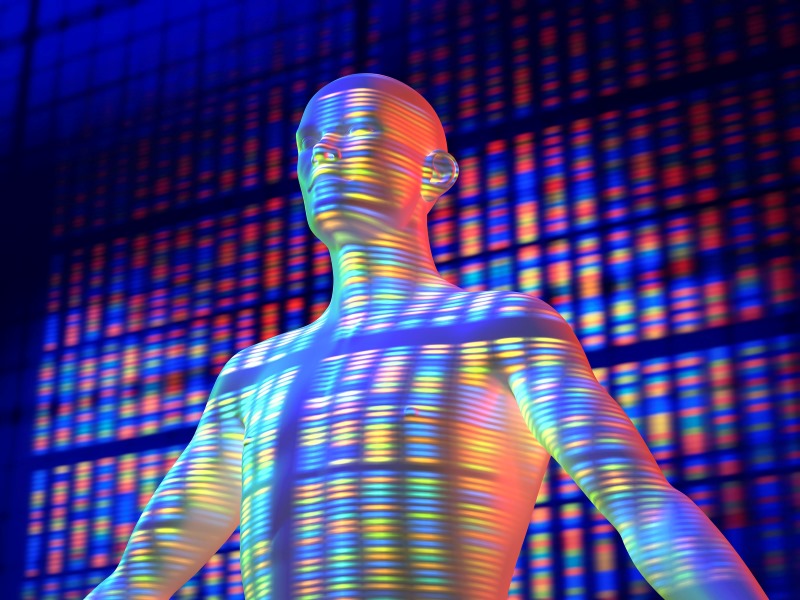About Non-Vascular Luminal Stenosis
Non-vascular luminal stenosis, also known as non-vascular stenosis, is a condition that affects the flow of blood or air through a narrowed or blocked tube, such as a blood vessel or airway. It can cause a range of symptoms, including chest pain, shortness of breath, dizziness, and fatigue. The most common cause of non-vascular luminal stenosis is congenital heart defects, such as patent ductus arteriosus or transposition of the great vessels. Other causes include obesity, smoking, and certain medications. Treatment typically involves a combination of lifestyle modifications, medications, and/or surgery. It is important to seek medical attention if you experience any symptoms of non-vascular luminal stenosis, as untreated cases can lead to more serious complications.
Major Symptoms of Non-Vascular Luminal Stenosis
Non-vascular luminal stenosis refers to a narrowing of the lumen of a blood vessel, typically in the esophagus or intestine. The major symptoms include difficulty swallowing, chest pain or discomfort, heartburn, bloating, and constipation.
Suitable Lifestyle for People with Non-Vascular Luminal Stenosis
Non-vascular luminal stenosis, also known as non-vascular interstitial stenosis, is a condition that affects the flow of blood or lymph through a certain area of the body. It can cause symptoms such as chest pain, shortness of breath, and fatigue. In terms of lifestyle, patients with non-vascular luminal stenosis should follow a healthy and balanced diet, exercise regularly, and avoid smoking. They should also inform their healthcare provider about their medical condition and any medications they are taking.
Other Health Conditions
Anal StenosisAortic StenosisAortic Stenosis and InsufficiencyAtherosclerotic Vascular DiseaseCarotid Artery StenosisCarotid StenosisCerebral and Renal Vascular DiseaseCerebral Artery StenosisCerebral Carotid Artery Stenosis and Occlusive DiseaseCerebral Vascular Malformation
Related Products


